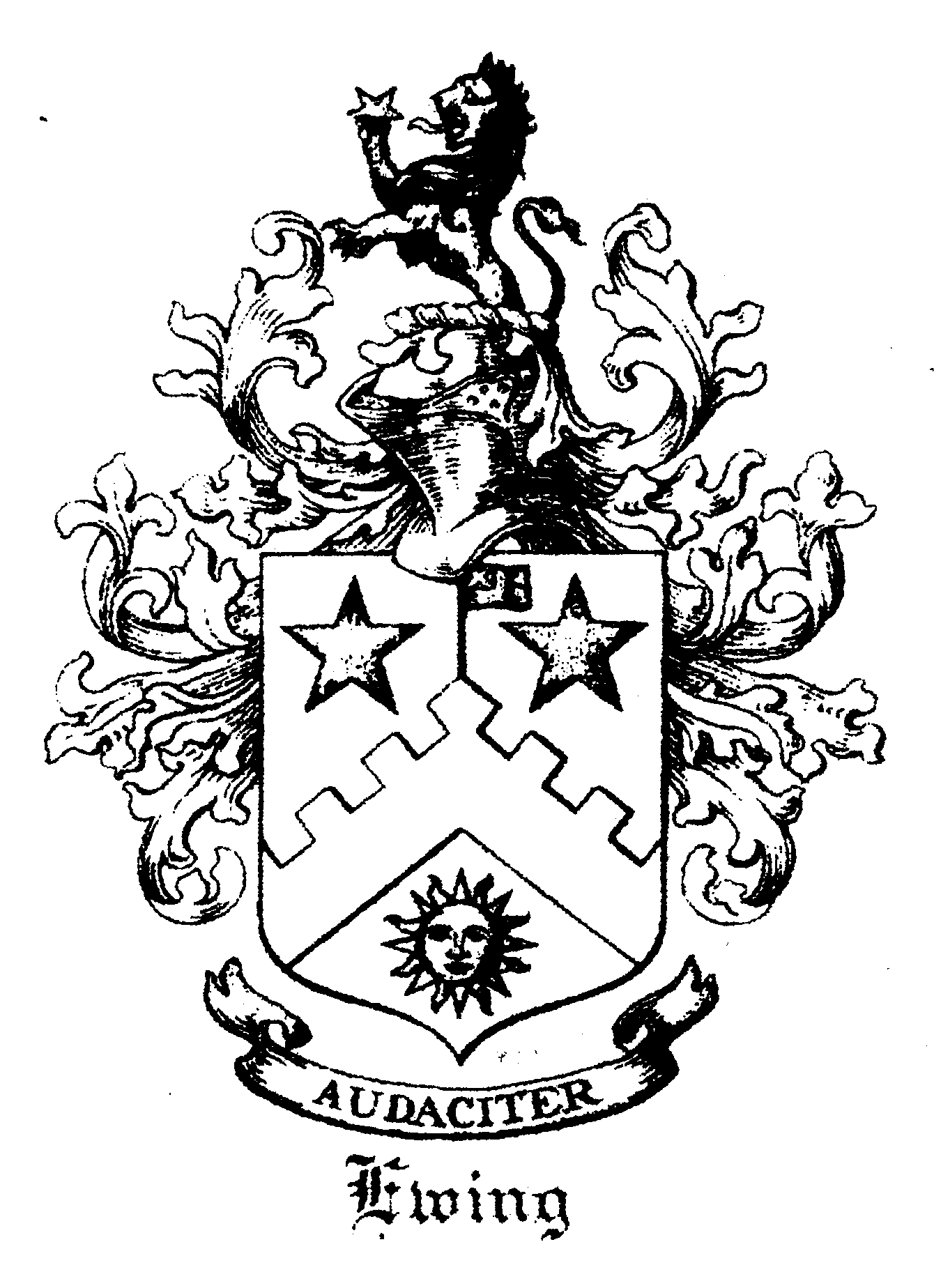
COAT OF ARMS Edited by Jim McMichael
[Vol 2 No. 3 - Aug 1996, page 16]
When I first saw the Coat of Arms for the Ewing and McMichael name, I was very proud of my heritage. I think most of you felt the same way when you have seen the coat of arms for your family names. Seeing a picture of a coat of arms or a metal reproduction makes a person want to have one of them to hang on his wall.
Most of you have, no doubt, received an offer in the mail to sell you a coat of arms for your family name or a book on your family. The book generally is a little general information about your family name and a list of names that has been retrieved from an electronic telephone book.
Over the past couple of years, I have written to a few people and asked them how they came about using the coat of arms that they had sent a copy of or was printed on their stationery. The general answer was it is one that had been in their family. There are a few variations of the Ewing coat of arms and with some information from other sources, we will look at the similarity of the Ewing coat of arms. Also, some of the rules about coat of arms will be included.
Dr. Elbert William R. Ewing had a good bit to say about the Ewing Arms in his book Clan Ewing of Scotland, published in 1922. From his chapter XXXII, the following is taken:
""The king alone can give a grant of arms, and this he does in Scotland through the 'Court of Lord Lyon,' at the head of which is the Lord Lyon who holds directly from the crown . . . In Scotland the improper assumption of arms was made a statutory offence by act of Parliament passed in 1592;" and "the penalty is fine or imprisonment. . . . British subjects residing in British colonies apply for grants of arms to the authority of the land from which they are sprung. A descendant of a British subject who is a citizen of another country cannot get a new grant of arms in Scotland, but he may matriculate the arms of an ancestor in the same way as if he were still a British citizen," McMillan explains in Scottish Symbols (1916), 303, 307."
"In 1592 a law authorized the Lyon King of arms and his heralds to hold "visitations" throughout Scotland "to distinguish the arms of the noblemen and thairafter to matriculate thame in thair buikis and registeris." But, unfortunately, if the Lyon got a record of the arms claimed at the time it was imperfect and not now in existence. In 1672 all bearers of arms were required to register them in the Lyon's office. But, evidently, even that law failed to bring about a record of many old arms belonging to prominent families before its enactment, and of many such no record to this day exists. So it is that the earliest records of arms belonging to Scotch families are found in "armorials" gathered by private collectors or painted by herald painters, --for the colorings are of vast importance. Of course no private work contains all of the arms of its day."
"The record most interesting to us, is known as the Workman or Forman Manuscript, because once owned by James Workman, a herald painter. It is entitled Illuminated Heraldia; that is, the arms contained therein are shown in colors. It was made in 1565-66, and some authorities say parts of it were as early as 1508 and 1530 (Stevenson, Heraldry in Scotland, 114) A fac simile reproduction of the arms of the Workman Manuscript was published by R.R. Stodart, of Lyon's office, in Scottish Arms, Edinburg, 1881. This Workman Manuscript shows the Ewing arms, and is the earliest information regarding these arms under any spelling of our name, as far as I have been able to discover. (See page 66 of Stodart's volume one and page 215 of vol. two.) I give a print from a photographic reproduction of Stodart's fac simile of Workman."
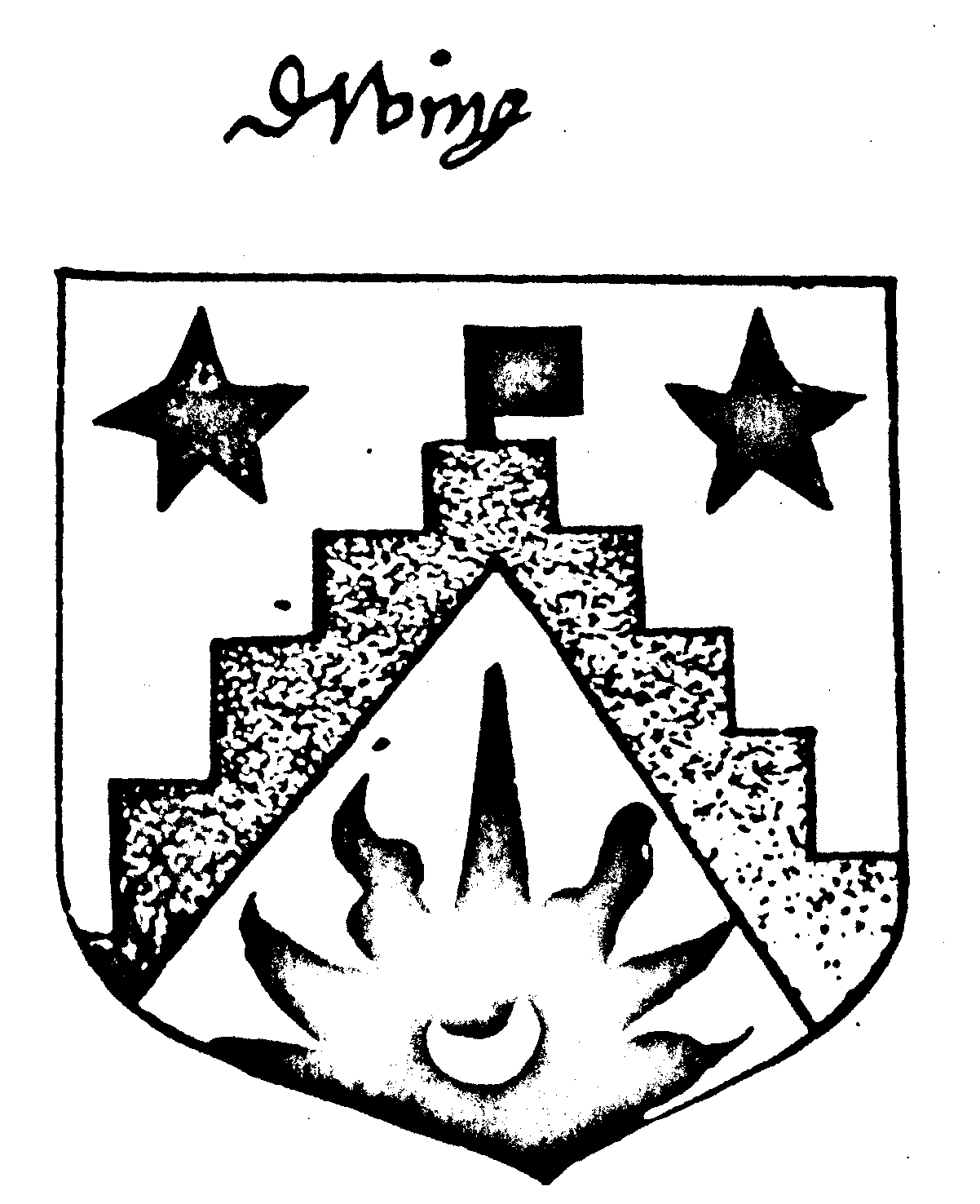
"To a casual eye the first letter of the name might be taken for a capital I; but without exception the Scotch and other authorities read it E. I am inclined to believe that at that time it was not infrequent that the small letters were made large in size to represent capitals. Too, the name as evidently written in the Workman Manuscript, is an interesting sample of writing nearly 400 years old. On the same page of Stodart are the Barriman arms, the first letter of the name being a small b. That was a day, we must remember, before either capitalization or spelling was uniform or governed by modern rules; and, at any rate, the name was written, so far as we know, by the painter. But the spelling is further evidence that even at that early day Ewing was the better form of the name."
"The next specific Scotch record we have, giving the emblazonment of the Ewing arms, is a reproduction by Nisbet, published in 1722, the arms being at that date borne by John Ewing, of Craigtoun, who inherited from his ancestors, but how far back Nisbet does not say."
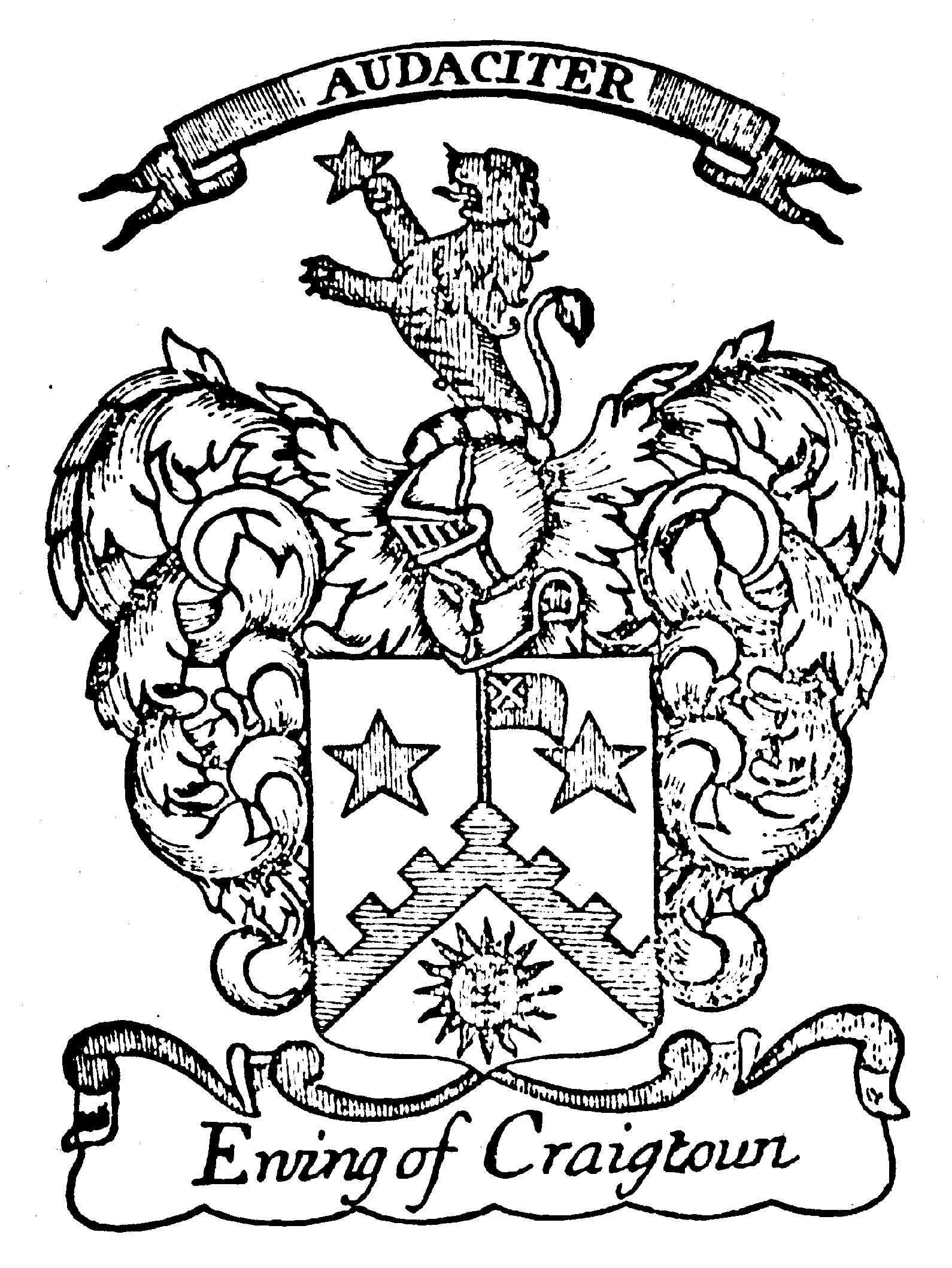
"I give a photographic reproduction from Nisbet's work."
"The ornamentation outside of the shield is common to a large number of arms shown by Nisbet, and constitutes no distinctive part of the arms. The shield and the figures (charges) therein, part of the emblazonment and the distinctive part of arms. The shield is the one necessary part of the achievement, and many comprise the whole of a coat of arms. "The shape of the shield is not essential to the owner's heraldry;" but the type is important. The "type of shields most in use has varied at different times." (Stevenson, Heraldry in Scotland, 134.) Bearing these facts in mind, we cannot doubt that the Craigtoun Ewing arms are founded upon those shown by Workman in 1565; and it is reasonably certain that the Craigtoun (or Craigtown) arms mark family succession. The type of the shield is one item of the evidence leading to this conclusion. That type belongs to a period of about 300 years ending earlier than 1499."
"A Ewing tombstone dated 1600, in Bonhill Churchyard, has upon it these arms; and McEwen supposes that this stone marks the grave of one of the Ewings of the Craigtoun family. Ross tells us that Bishop Ewing found upon a Ewing gravestone in the old Ewing burying ground on the banks of Loch Lomond, in the midst of our old clan lands, believed to be the stone of the grave of the bishop's grandfather's cousin, "the family coat of arms." (Ross, Memoir of Alexander Ewing, 101.) There are six entries of Ewing arms, each slightly differentiated from the others to denote succession, in the Lyon's office of Scotland, made since the old records which I have described, and all of them are founded upon the earlier arms, each slightly differentiated from the others to denote succession, in the Lyon's office of Scotland, made since the old records which I have described, and all of them are founded upon the earlier arms. The editor of "Clan Ewen" says: "All the Ewing arms are founded upon those of Ewen or Ewing of Craigtoun. He belonged to the family of Keppock in Dumbartonshire" (Clan Ewen, p. 45.) Spooner, the American genealogist, says: "The arms of the Ewing family show several variations, but there is a substantial uniformity in those borne by the Scottish branches." This uniformity means common origin; and, taken in connection with our traditions, establishes the fact of family descent from the family to which the arms earliest belonged."
"All members of the same family carry the same bearings in their coat of arms," and to distinguish the principal bearer from the descendants or relatives recognized signs are used. "These signs are called differences." This differencing or cadency is usually shown "by bordure, which is again further differenced among the younger sons of younger sons by being engrailed, invected, indented, embattled, and so forth."
"The oldest son inherits, in Scotland, the right to the "undifferenced" arm of his ancestor; but younger sons can "matriculate" the family arms. It appears that the Ewing arms registered in the Lyon office were entered by younger sons."
"Now compare the arms of the American branches of our families, representative reproductions of which are shown herein; and the arms of Ewing of Craigtoun, and those shown upon the Bonhill tomb, and those shown upon the tomb of the family to which Bishop Ewing belonged and then compare these with the Workman reproduction --and then it is seen that it does not require an expert to see the identity. Distorted and abused as are some of the late emblazonments, their source in the Workman arms of 1565 is yet apparent. Entitled to preserve the heraldric devices of our ancestors, believing that our early American fathers would not claim what under the Scotch law was forbidden, we are warranted in accepting the identity of the American with the Scotch source, those devices with the oldest Scotch arms, as establishing, prior to 1565, the common ancestor of our American branches."
[Note added 3 July 2008: A full transcription of E.W.R Ewing's Chapter on the Ewing Coat of Arms may be viewed by clicking here.]
Most likely, you recognized the Ewing of Craigtoun coat of arms as the coat of arms that has been used on the cover for Journal of Clan Ewing with the name being changed to Ewing. A change was made to the cover of journal beginning with the February 1996 issue. Over the past few years, I have found a couple of additional designs of the coat of arms used by Ewing families. A copy of those arms plus the two arms that were included in Clan Ewing of Scotland are presented on the following page.
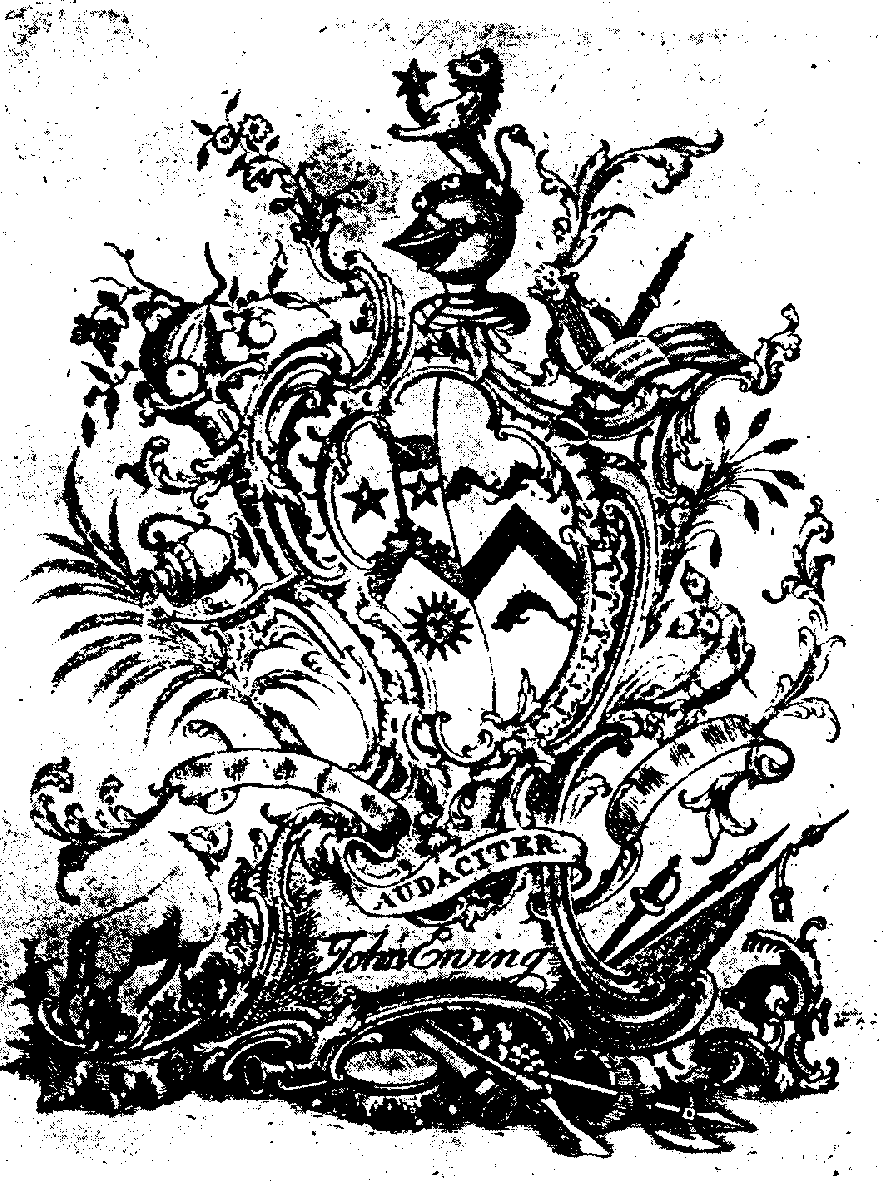
Fig. 1 on the left is a photo-reproduction of arms recognized by Dr. John Ewing of the University of Pennsylvania, as belonging to his Scottish ancestors. The Ewing arms are on the reader's left,--sun, chevron, banner, &c. The figures on the right are those of the Sergeant coat of arms.

Fig. 2 on the left is a copy from a color coat of arms that was furnished by our Chairman, Joseph Neff Ewing, Jr. This coat of arms has been in Joe's family for a long time.
Dr. John Ewing is a son of Nathaniel Ewing (1693-1748). Joe Neff Ewing, Jr. is a ggggg grandson of Nathaniel through George who is a brother to Dr. John Ewing.
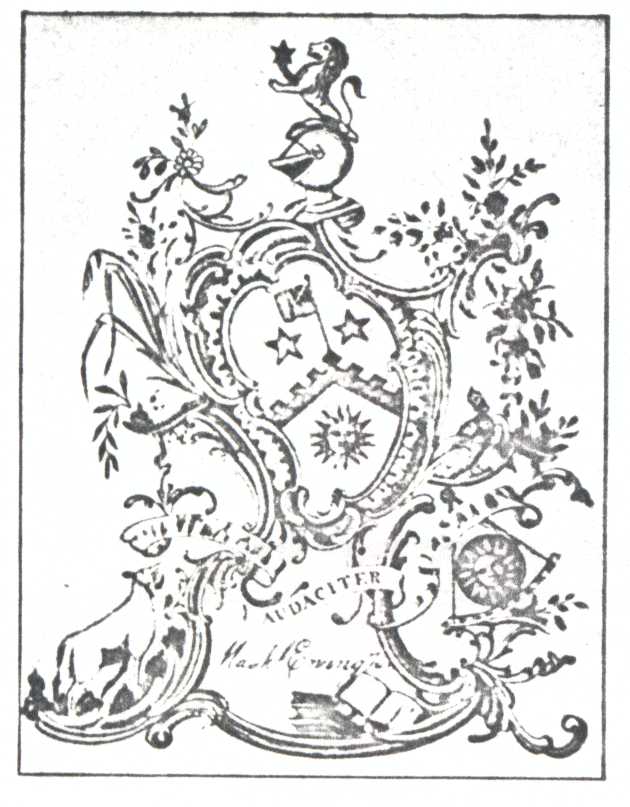
Fig. 3 on the left is a photo-reproduction of the arms recognized by the Hon. Thomas Ewing family as coming from Scottish ancestors. "The banner is flung out in the wrong direction, due possibly to the use of something resembling a lozenge."
That coat of arms has a name just below the word "Audaciter". This copy is not quite as good as the copied for this article. The name is Maskl Ewing. I assume that this Maskell Ewing is the son of Thomas Ewing (1695-1747/8)
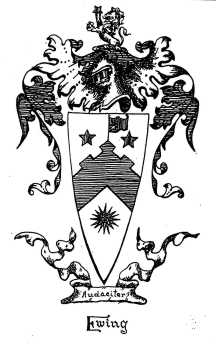
Fig. 4 on the left was included by Presley K. Ewing in The Ewing Genealogy with Cognate Branches, published in 1919. Based on the author's information, he would be a great great grandson of Mary Baker and Robert Ewing (c 1718-1787).
Presley K. Ewing described the coat of arms: "The authentic ancient Ewing coat of arms consists of arg., a chevron az., ensigned with a banner gu., charged with a canton az., thereon a saltire arg., all between two mullets in chief gu., sun in splendor in base, also gu., with crest and motto as shown in the illustration." The author does not say that the coat of arms presented is from his family. However, I would assume that he claimed that coat of arms for his family.
The above description reminds me to say that I do not understand what there is to know about a coat of arms. We must have a member that understands this business and would like to make further comments. If you will study the different arms presented in this article, you can see that they all may have been designed after the original. Tracing the relationship of a Ewing is like starting at the mouth of a large river and following all of the tributaries back to the headwaters of the river. Who knows with more research, we might identify more brothers, sisters, cousins, and etc. of the Ewing immigrants.
On page 18, it is stated that only six entries of Ewing arms has been added to the old records. It is my understanding the arms found in the John Ewing and Thomas Ewing families are not included in the Lyons Office of Scotland.
In a column Blazons & Notes that appeared in The Colonial Genealogist, Volume IV, Summer 1971, page 61, we find some interesting comments about the coat of arms.
"Relationship to someone who did have a coat of arms does not mean that you have one. . . . even though they are of the same family, the arms must be different."
"On the continent of Europe we have many varieties of heraldic rules. And, it is in some of these countries that we do find what are called "family coat of arms", or more correctly clan or sept arms."
"It is an error for a genealogist to claim a coat of arms as being for a family, except if it be proven that a coat of arms is of the "family" type, and this does not include any Irish, English or Scottish families."
"Often in a genealogical periodicals, is a reference to the "crest" when the coat of arms is meant. The crest is the top most part of an achievement of arms, and the achievement of arms is the total design: shield, mantling, helmet, wreath, crest, motto, and supporters and compartment, if any."
Authenticity of a coat of arms in the United States is a tricky question because the United States has no authority which grants or regulates a coat of arms. Some people take a coat of arms of an ancestor, change it, and adopt it for their own (this is called an assumption of arms). Others apply to any one of the European authorities for a grant of arms (either a new coat of arms, or an ancient one changed. If a coat of arms is not used by anyone else (that is, it is completely different from all others), then authorities agree that in the United States it can be used by an individual as his own. The coat of arms must also be heraldically correct (that is, follow the rules of heraldry and good taste).
"One of the conditions which has led to a sad situation in this country in the field of heraldry are the many individuals and companies which sell "family name coats of arms." These firms have long been under investigation by the Federal Trade Commission, but so far (probably because of the lack of knowledge of heraldry by the members of the Commission) little has been done."
"If a firm sends you a letter saying that for "X" number of dollars a coat of arms for you or your family may be purchased, throw the letter away! Usually, the coats of arms in these reports are arms of someone of the same surname--that is the only connection you have with these bogus arms."